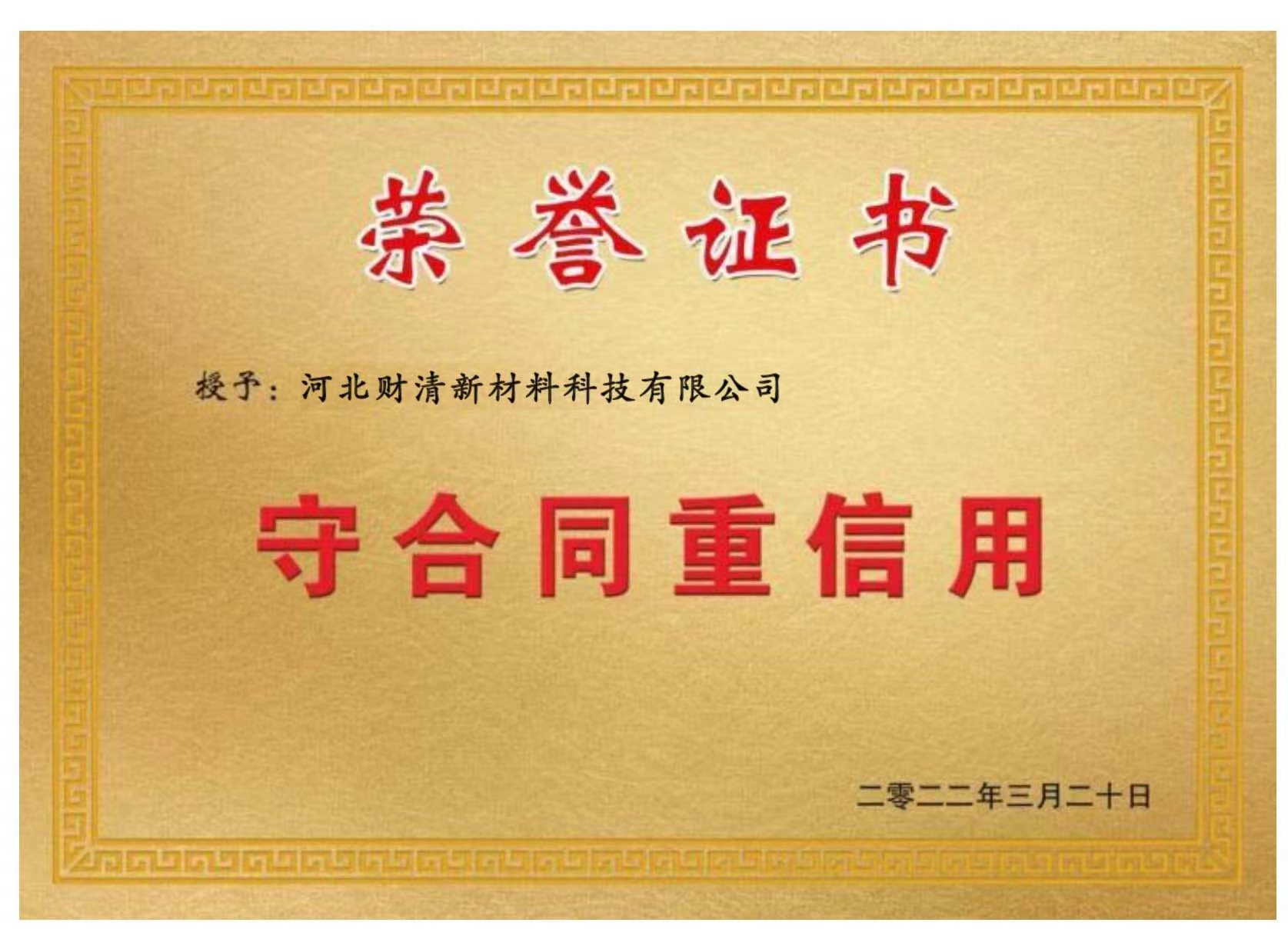
Nov . 03, 2024 14:18 Back to list
titanium dioxide factory
The Production and Importance of Titanium Dioxide in Modern Industry
Titanium dioxide (TiO2) is a versatile and highly valuable compound that is widely used across various industries, ranging from paints and coatings to food and cosmetics. The production of titanium dioxide in dedicated factories is a critical process that ensures a steady supply of this essential material to meet the global demand.
Sources and Processing of Titanium Dioxide
Titanium dioxide is primarily derived from ilmenite, rutile, and anatase, all of which are naturally occurring minerals. The two main processes for extracting titanium dioxide are the sulfate process and the chloride process. The sulfate process involves the digestion of ilmenite ore in sulfuric acid, producing titanium sulfate which is then converted to titanium dioxide through hydrolysis. On the other hand, the chloride process begins with the conversion of titanium feedstocks into titanium tetrachloride, which is then oxidized to yield pure titanium dioxide.
Titanium dioxide produced through these methods is known for its exceptional whiteness, high refractive index, and ability to block ultraviolet light. These characteristics make it an ideal pigment for a wide range of applications, particularly in the manufacturing of paints, varnishes, and coatings where high opacity and durability are required.
Applications in Various Industries
The applications of titanium dioxide are vast and varied. In the paint and coatings industry, TiO2 serves as a key pigment that enhances opacity, brightness, and durability. The construction industry also relies heavily on titanium dioxide for the production of exterior paints that can withstand harsh weather conditions and UV degradation.
Moreover, titanium dioxide is used in the production of plastics, paper, and rubber to provide whiteness and strength. Its role extends to the food industry, where it is used as a coloring agent in products like confections and dairy products, while in cosmetics, TiO2 is a popular component in sunscreens due to its ability to absorb harmful UV rays.
titanium dioxide factory

Environmental and Safety Considerations
The production of titanium dioxide is not without its challenges, particularly concerning environmental and health implications. Factories must adhere to stringent regulations to minimize their environmental footprint. Effective waste management and the implementation of safer production processes are vital to mitigate any negative impact on the environment.
Recent advancements in technology have led to the development of more sustainable production methods, emphasizing the need for continuous improvement in manufacturing practices. The focus on eco-friendly processes is increasingly important as consumers become more aware of environmental issues.
Market Trends and Future Prospects
The demand for titanium dioxide is expected to grow in the coming years, driven by rising industrial activities, urbanization, and increased consumer spending on high-quality products. The global titanium dioxide market presents significant opportunities for manufacturers to innovate and improve their production techniques.
Factories dedicated to the production of titanium dioxide are pivotal in this regard. By leveraging advanced technologies and adhering to sustainable practices, these facilities can enhance the efficiency of TiO2 production while minimizing environmental impacts.
In conclusion, titanium dioxide factories play a crucial role in supplying this indispensable compound to numerous industries. As the world continues to advance, the importance of TiO2 and the need for responsible production practices will undoubtedly remain at the forefront of industrial innovation.
-
Premium 6618 Titanium Dioxide for GPT-4 Turbo Applications
NewsJul.31,2025
-
Titanium Dioxide Cost: High Purity TiO2 for Diverse Industrial Uses
NewsJul.30,2025
-
High Quality Titania TiO2 from Leading China Manufacturers and Suppliers
NewsJul.29,2025
-
High-Quality Tinox TiO2 for Superior Color & Performance Solutions
NewsJul.29,2025
-
High Quality Titania TiO2 from Leading China Supplier & Manufacturer
NewsJul.29,2025
-
High-Performance r6618 TiO2 for Superior Whitening and Versatility
NewsJul.28,2025
